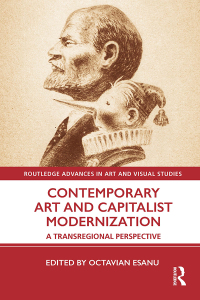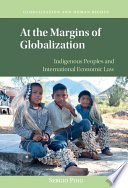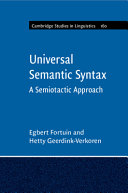Buy Contemporary Art and Capitalist Modernization: A Transregional Perspective
1st Edition PDF ebook by author Octavian Esanu – published by Routledge in 2021 and save up to 80% compared to the print version of this textbook. With PDF version of this textbook, not only save you money, you can also highlight, add text, underline add post-it notes, bookmarks to pages, instantly search for the major terms or chapter titles, etc.
You can search our site for other versions of the Contemporary Art and Capitalist Modernization: A Transregional Perspective
1st Edition PDF ebook. You can also search for others PDF ebooks from publisher Routledge, as well as from your favorite authors. We have thousands of online textbooks and course materials (mostly in PDF) that you can download immediately after purchase.
Note: e-textBooks do not come with access codes, CDs/DVDs, workbooks, and other supplemental items.
eBook Details:
Full title: Contemporary Art and Capitalist Modernization: A Transregional Perspective
1st Edition
Edition: 1st
Copyright year: 2021
Publisher: Routledge
Author: Octavian Esanu
ISBN: 9780367490737
Format: PDF
Description of Contemporary Art and Capitalist Modernization: A Transregional Perspective
1st Edition:
This book addresses the art historical category of “contemporary art” from a transregional perspective, but unlike other volumes of its kind, it focuses in on non-Western instantiations of “the contemporary.” The book concerns itself with the historical conditions in which a radically new mode of artistic production, distribution, and consumption – called “contemporary art” – emerged in some countries of Eastern Europe, the post-Soviet republics of the USSR, India, Latin America, and the Middle East, following both local and broader sociopolitical processes of modernization and neoliberalization. Its main argument is that one cannot fully engage with the idea of the “global contemporary” without also paying careful attention to the particular, local, and/or national symptoms of the contemporary condition. Part One is methodological and theoretical in scope, while Part Two is historical and documentary. For the latter, a number of case studies address the emergence of the category “contemporary art” in the context of Lebanon, Egypt, India, Hungary, Slovenia, Croatia, Bosnia and Herzegovina, Armenia, and Moldova. The book will be of interest to scholars working in art history, globalism, cultural studies, and postcolonial studies.





